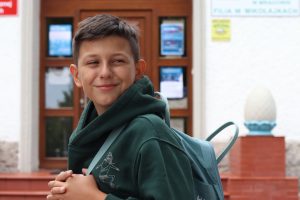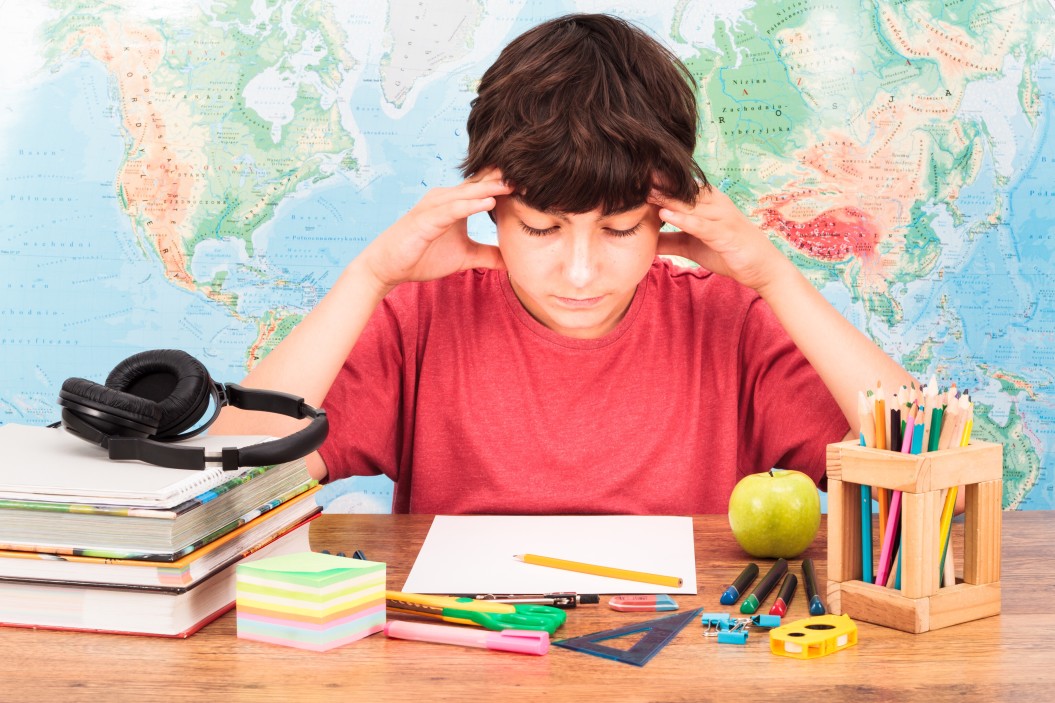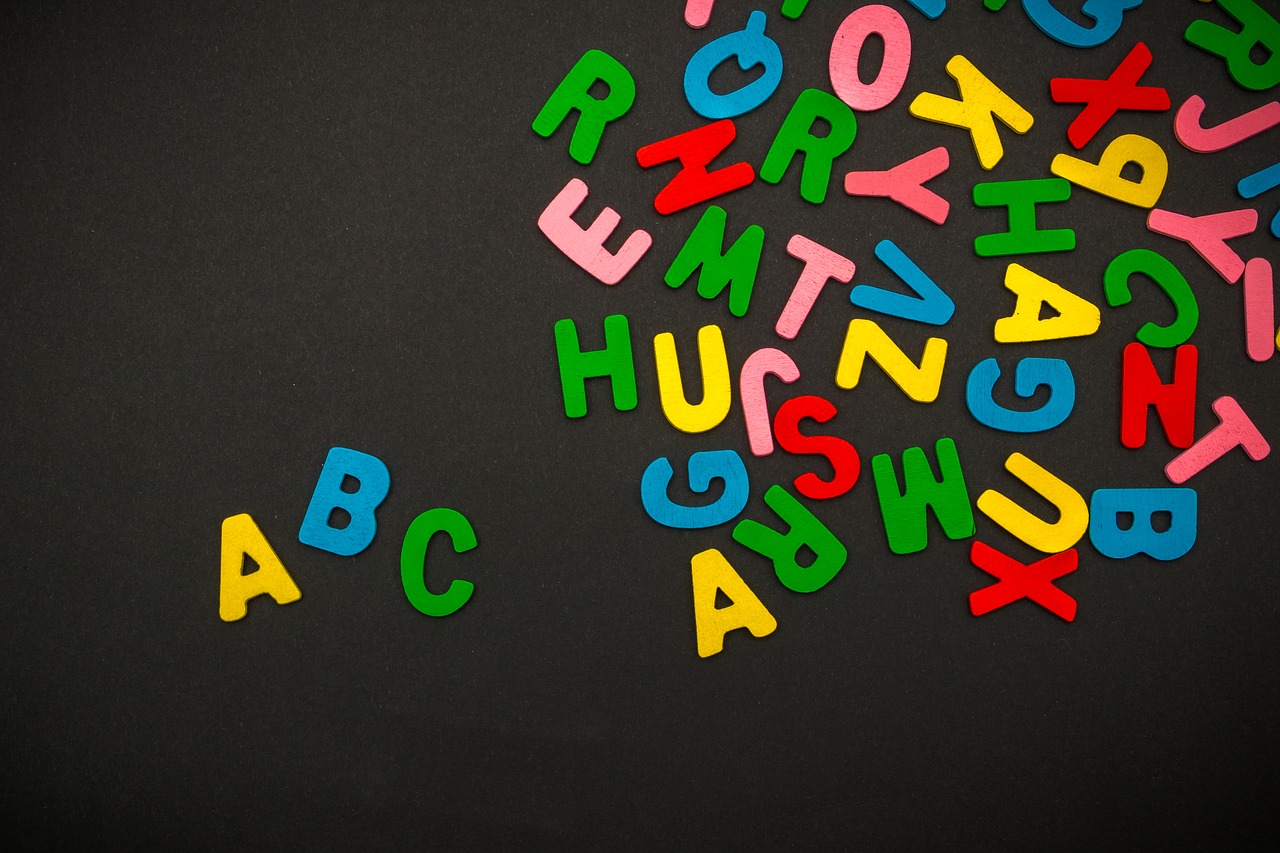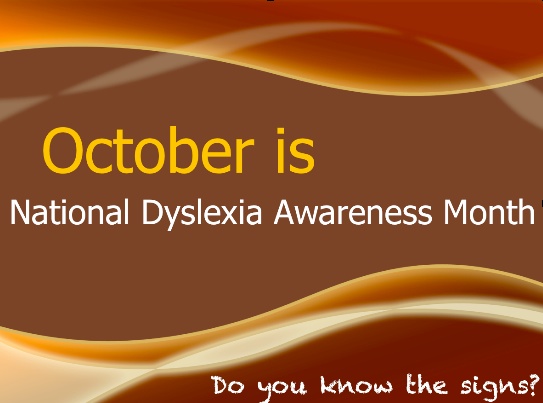Why We Don’t Use the Term “Learning Loss”

As an organization that’s trying to shift to more asset-based language and better honor and celebrate the students and schools we serve, City Year is avoiding the term “learning loss.” Here’s why.
Learning loss operates from a deficit perspective
The phrase itself implies that students didn’t learn anything at all once schools were closed in March 2020. Worse yet, it implies that not only did students not learn anything, they didn’t retain information they previously learned.
While no one would dispute that the most students have experienced interrupted learning, among other disruptions, we believe it’s more accurate to say that student learning trajectories have shifted over the past 16 months. Students didn’t stop learning and developing—but their learning experiences and environments were far different than anyone could have anticipated before the pandemic hit. The losses they experienced were losses of access to their school community, to consistency and routine, to stable learning environments.
But students honed other skills, including flexibility, resilience and creativity. They mastered online classrooms and chat boxes. They figured out how to access homework assignments and ask questions during distance learning. Some students discovered they liked online learning even more than in person instruction.
“Learning loss” emphasizes academics over social-emotional well-being
A large and growing body of research—as well as years of our experience serving in classrooms across the country—finds that academic, social and emotional learning are, in fact, intertwined and interwoven, like strands of a rope. Learning happens in community, in particular contexts, and through relationships.
When we think about the events we’ve all experienced since March 2020, the term “toxic stress” can help to describe the pain, loss of control and distrust that our students, teachers, principals and families having been living with. Our brains, our motivation and our physical and mental well-being all operate depending upon our circumstances.
During the pandemic, students’ learning trajectories have shifted and many students have experienced numerous interruptions and losses in their lives, even as they have also honed skills such as flexibility, resilience and creativity.
So, what should we use instead of “learning loss”?
We’re inspired by thought leaders who challenge the dominant “learning loss” narrative, and instead are urging us to view students as the multi-dimensional people they are and not reduce learning to a narrow, inaccurate and inequitable view of success.
We are leaning into phrases like “interrupted learning” instead. This language seems to capture the uniqueness of the pandemic challenges students and schools are experiencing. It’s a little more asset-based while not glossing over the challenges of how we re-engage students and re-integrate them into their classroom environments as we recover and transition back to school.
Our schools and country face a choice right now. We can think of next year as a #backtoschool: the new “normal” moment, or we can choose to untie ourselves from the way things were by taking the best from the past and leaving the rest behind as we collaborate to build more equitable and engaging schools where all students can thrive.
Excerpted from “Why We Don’t Use the Term “Learning Loss”” from City Year. Read the full post online.
Source: City Year | Why We Don’t Use the Term “Learning Loss”, https://www.cityyear.org/national/stories/education/why-we-dont-use-the-term-learning-loss | © 2022 Copyright City Year
CHC offers free community education sessions for educators. Join us to learn practical teaching strategies you can use in your classroom to help more kids reach their promise and potential. Educator sessions are led by experienced educator/clinician teams from Sand Hill School and CHC.





